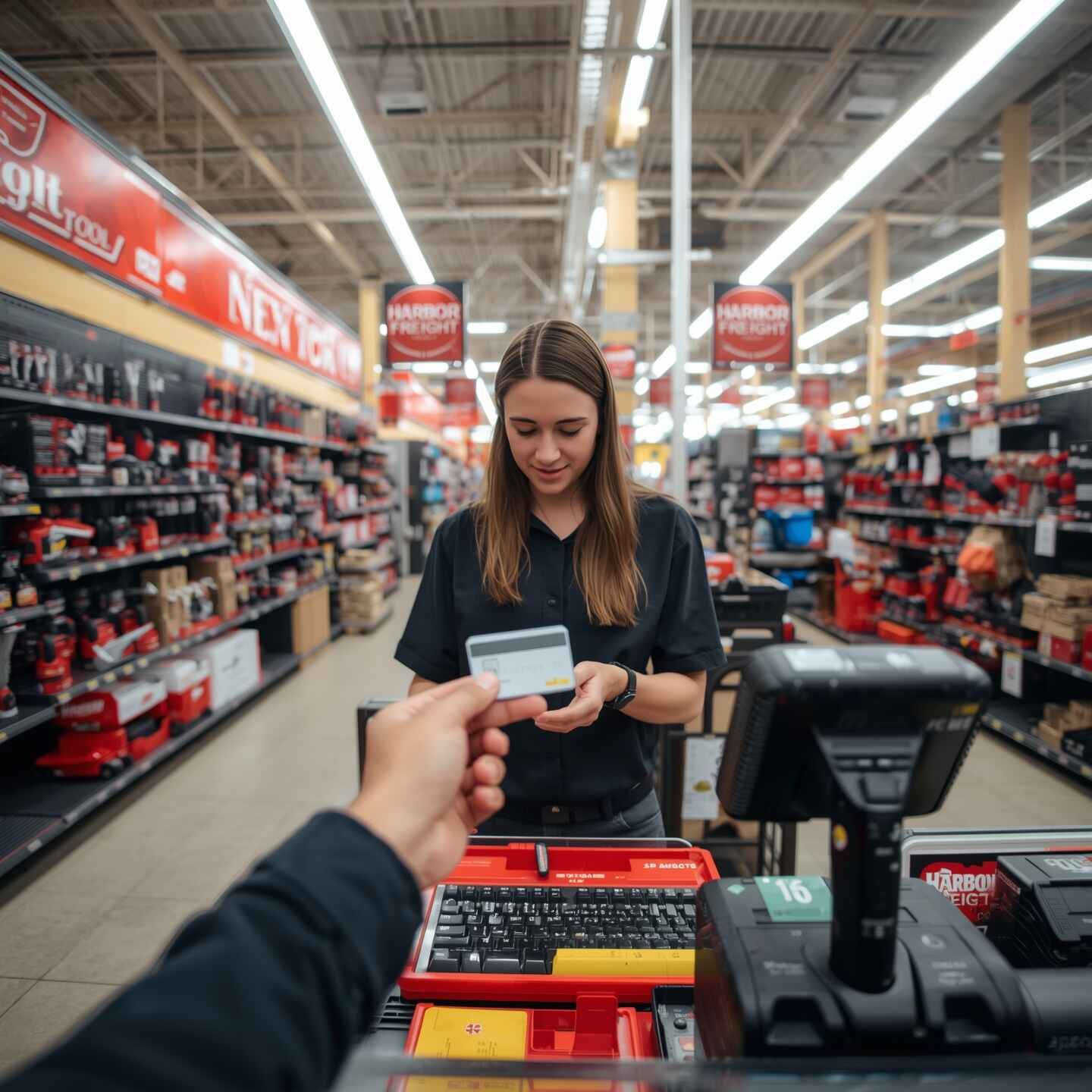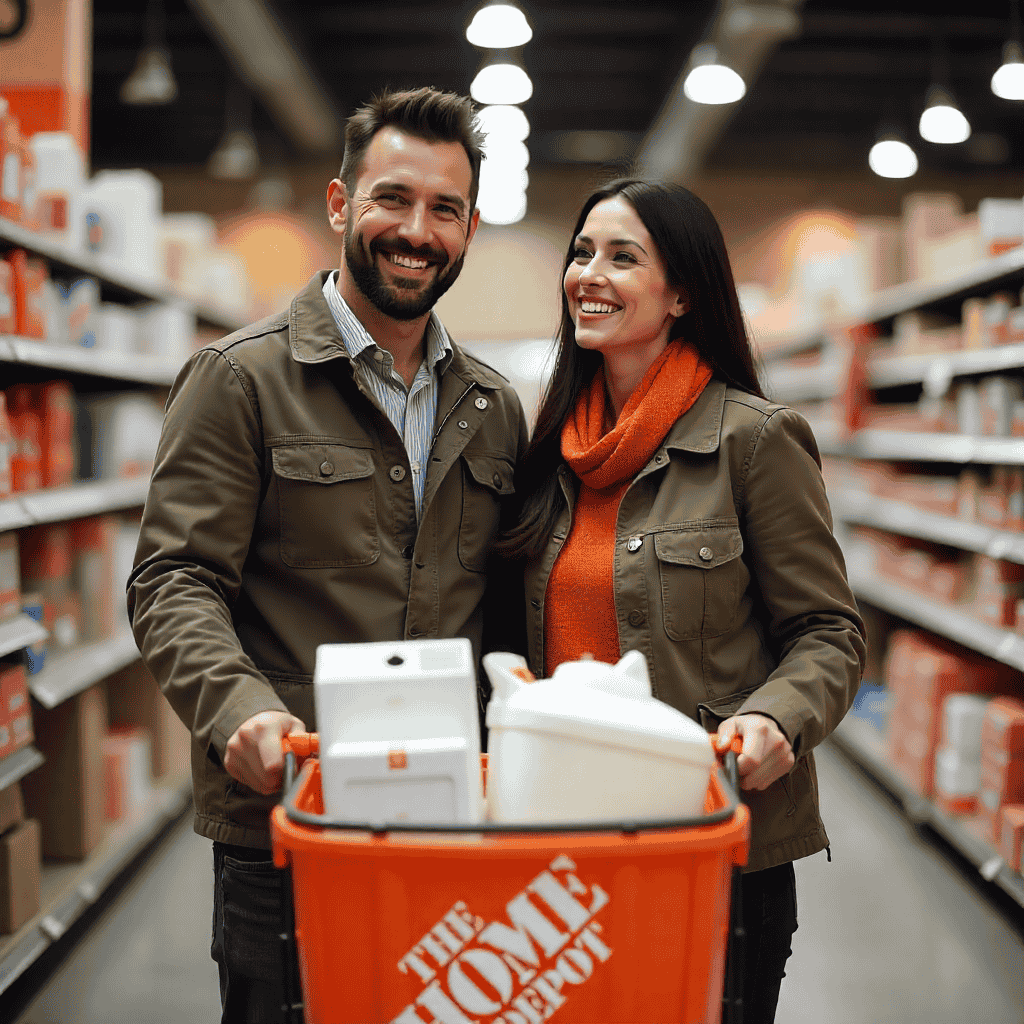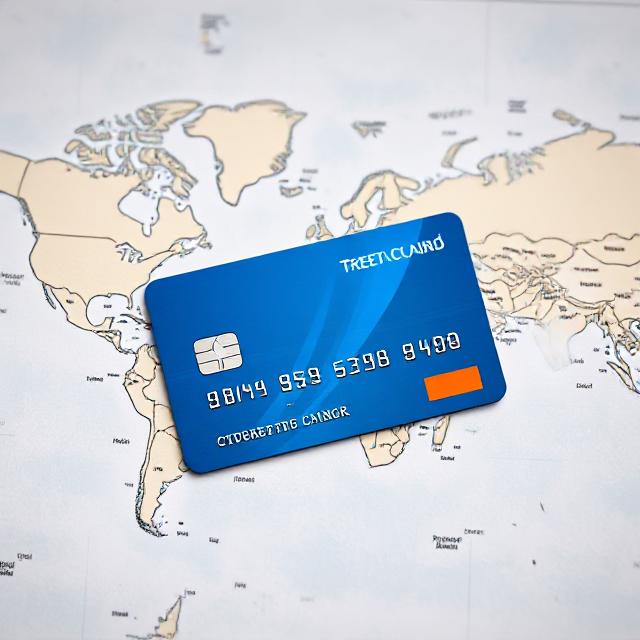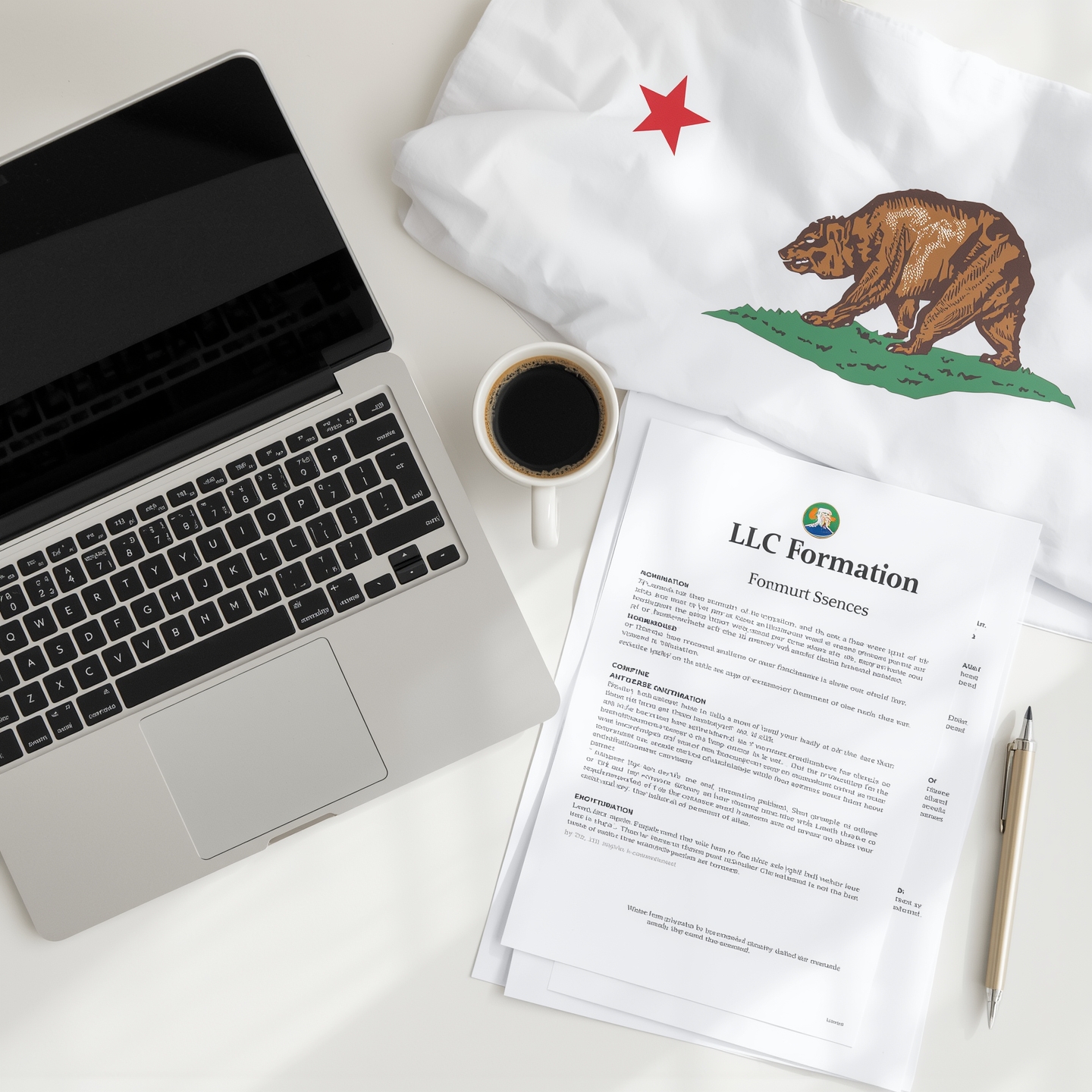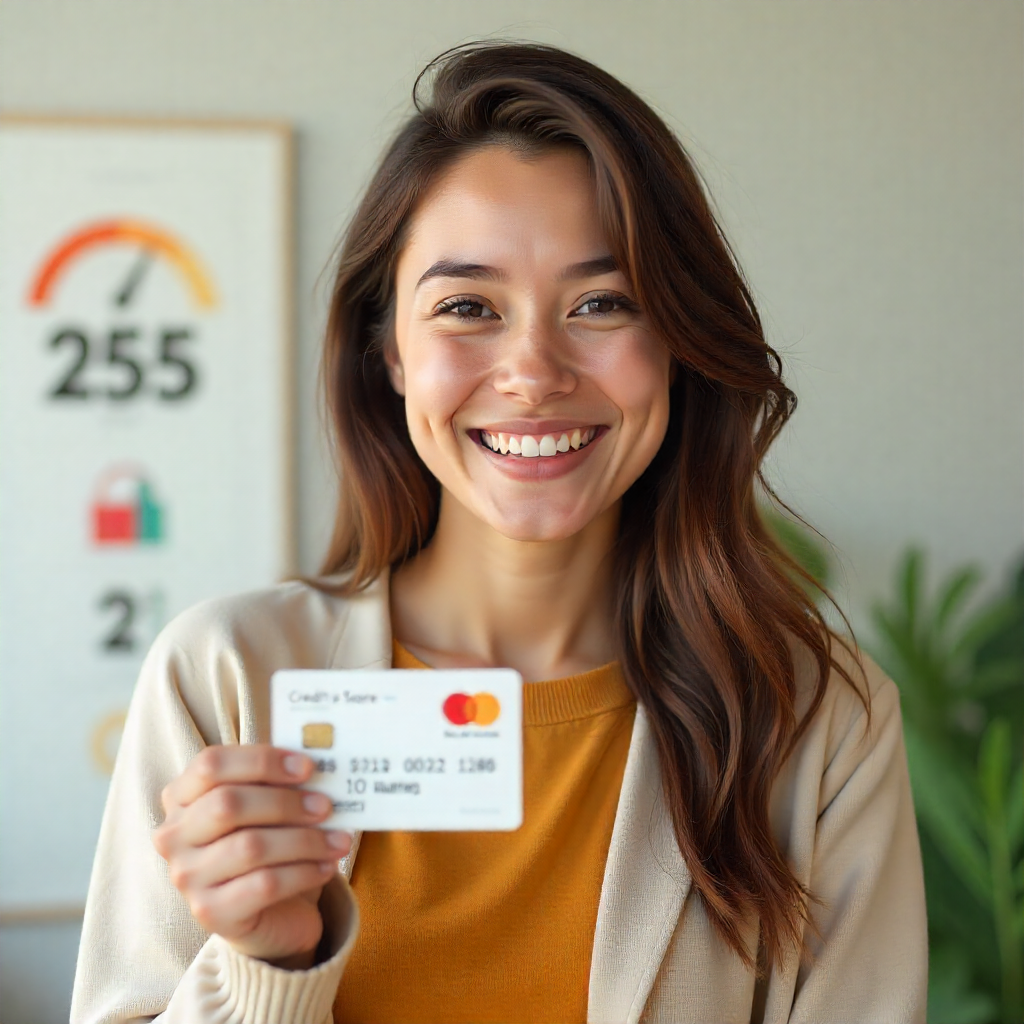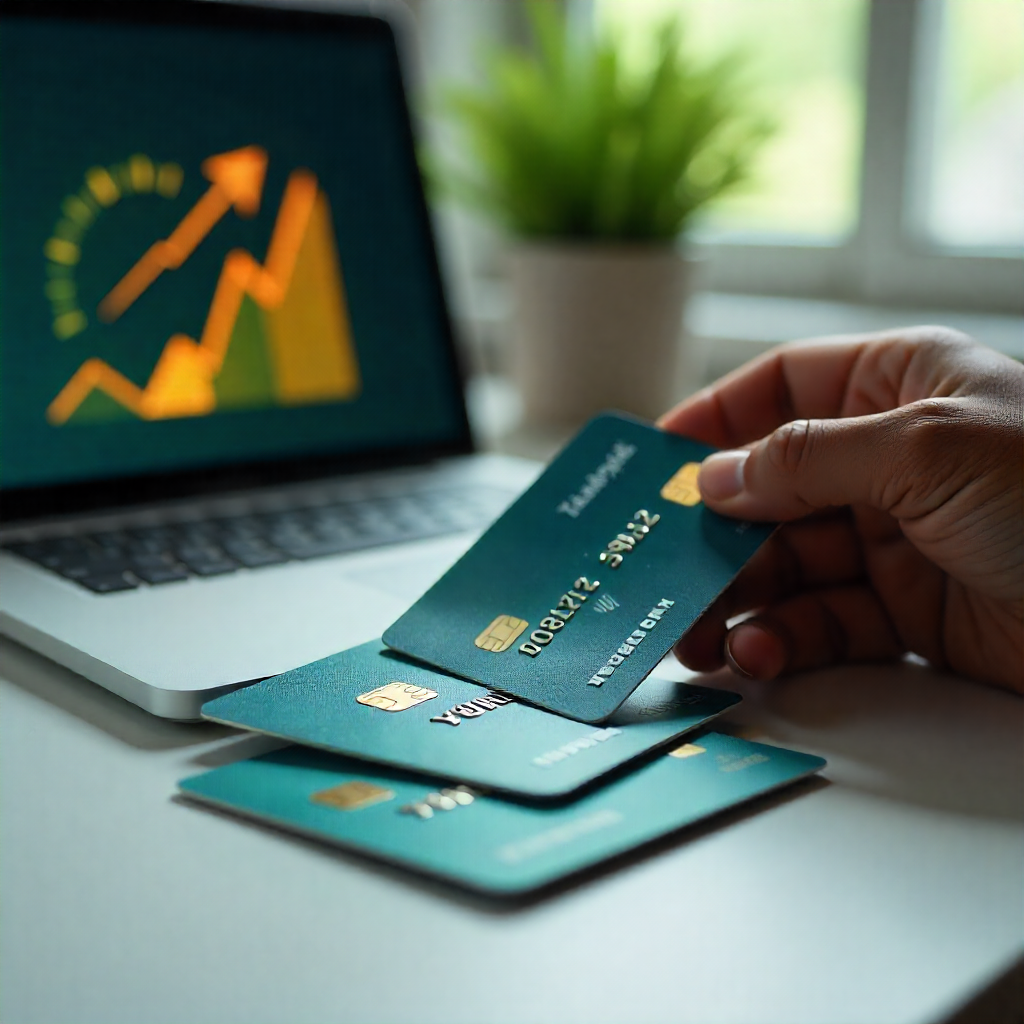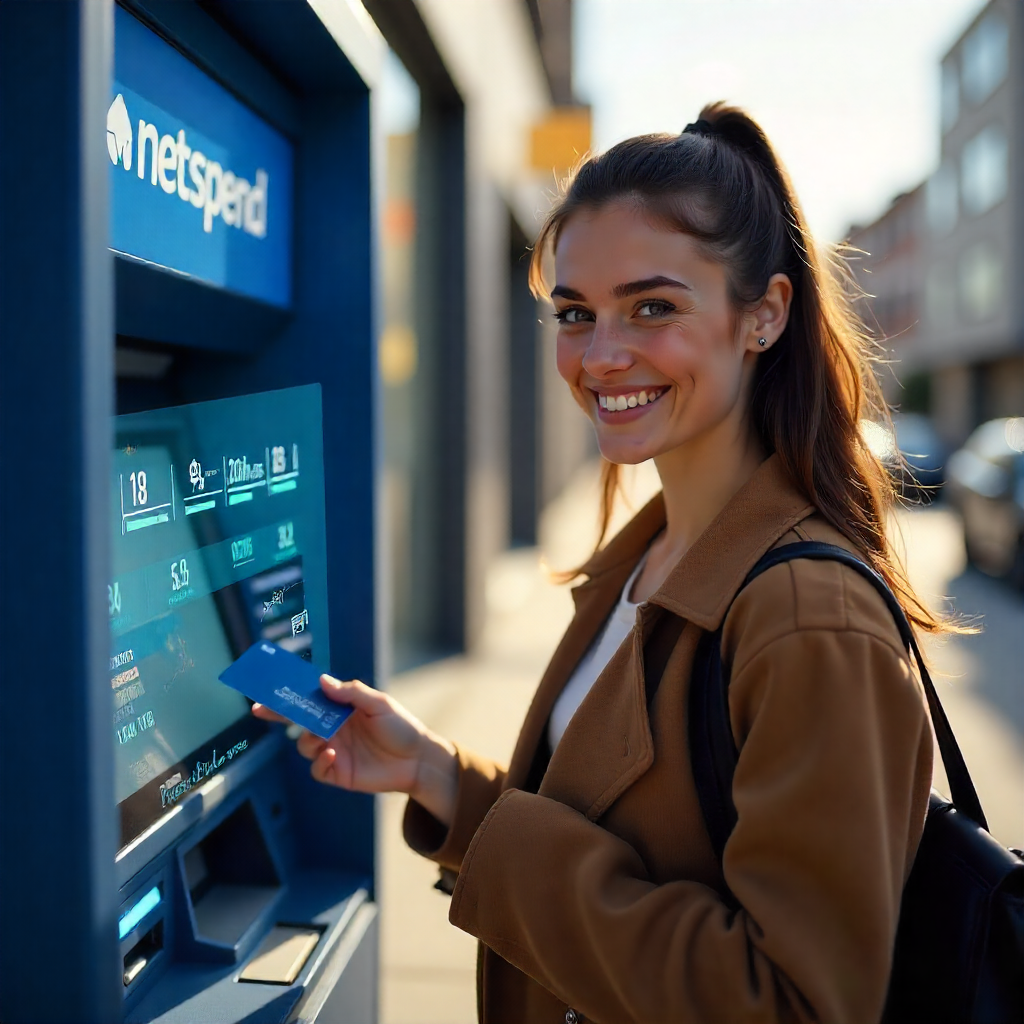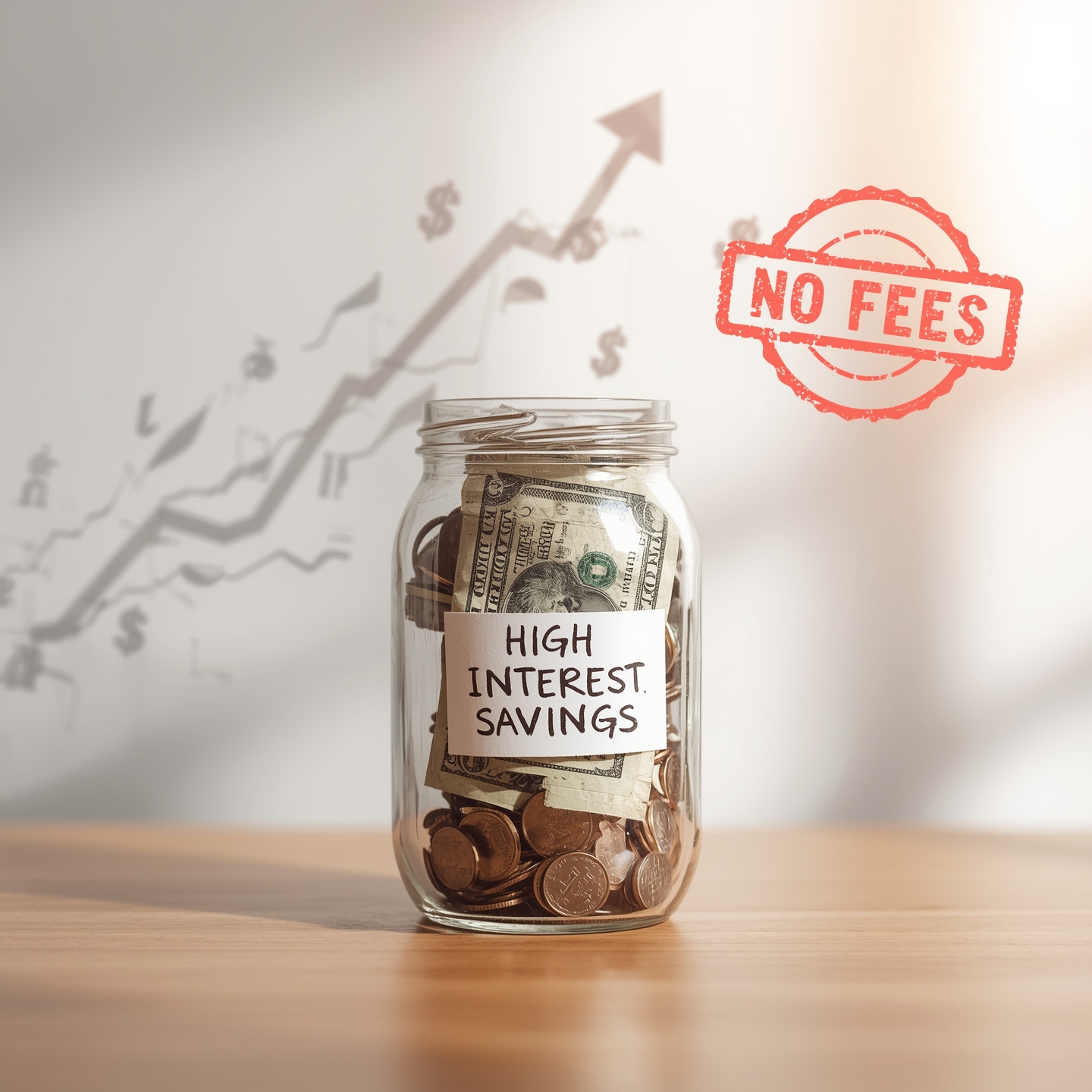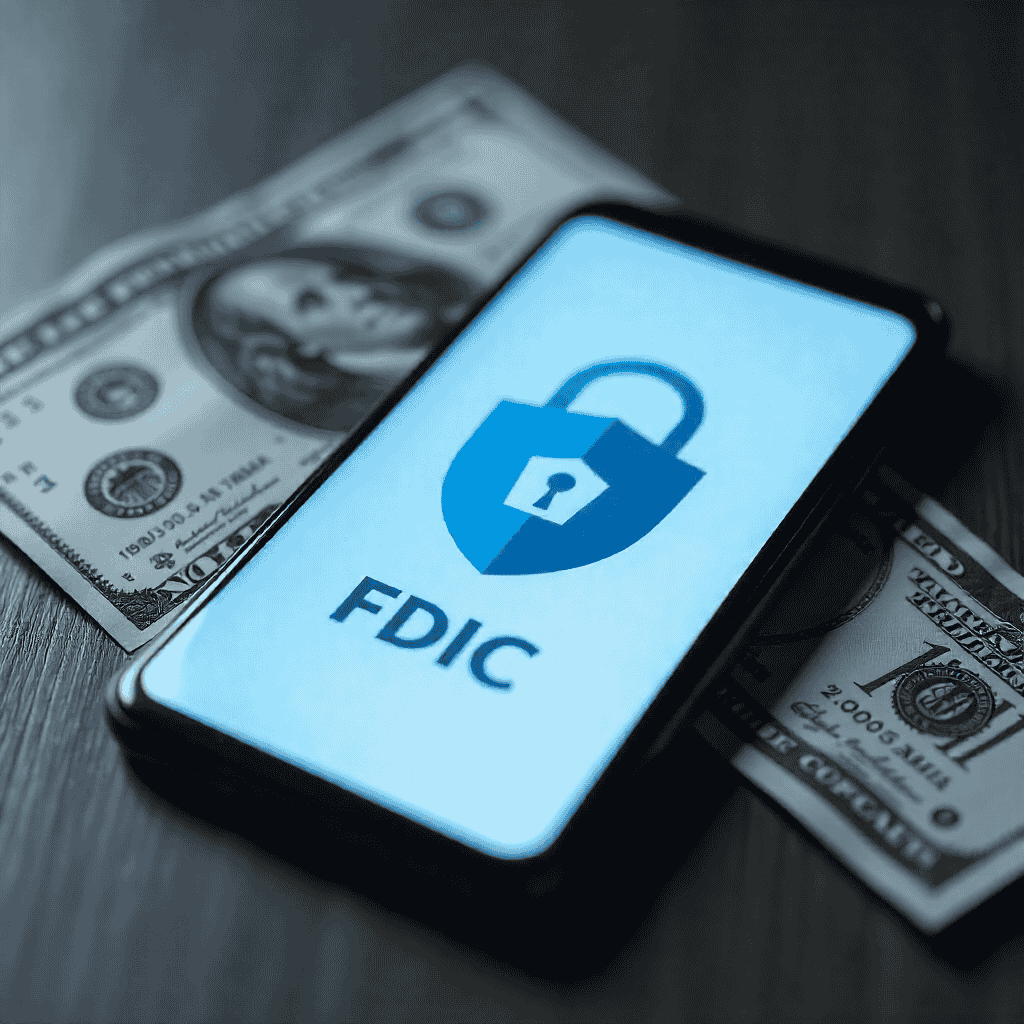
Introduction: Why FDIC Insurance Matters for Neobanks
Over the past decade, neobanks—digital-first financial institutions without physical branches—have transformed the way Americans manage money. These app-based banks offer modern features such as early direct deposit, no-fee checking, real-time spending alerts, and cryptocurrency integrations.
But for many consumers, the critical question is:
Are these new digital banks as safe as traditional banks?
The short answer: Yes, but only if they are FDIC insured. In the United States, FDIC insurance protects your deposits up to 250,000perdepositorperbank.Thisprotectionensuresthateveniftheinstitutionfails,yourfundsremainsafe.250,000perdepositorperbank.Thisprotectionensuresthateveniftheinstitutionfails,yourfundsremainsafe.
What Is the FDIC and Why Is It Important?
The Federal Deposit Insurance Corporation (FDIC) is a U.S. government agency created in 1933 after the Great Depression. Its role is twofold: protect depositors and maintain stability in the nation’s banking system.
According to the FDIC:
“Since the FDIC’s creation, no depositor has lost a single penny of FDIC-insured funds due to a bank failure.”
(Source: FDIC.gov)
This makes FDIC insurance one of the strongest consumer protections in the global financial system.
Covered accounts include:
- Checking accounts
- Savings accounts
- Money market deposit accounts
- Certificates of
- deposit (CDs)
Not covered: investments like stocks, bonds, crypto holdings, or insurance products.
The Rise of Neobanks in the USA
The USA has witnessed rapid neobank adoption, especially among younger generations. According to a 2023 Insider Intelligence report:
- Nearly 53 million U.S. adults were using a neobank in 2023
- By 2026, users are expected to surpass 70 million
- Millennials and Gen Z are the largest user base due to convenience and financial inclusivity
Popular neobanks in the USA include Chime, Varo, Current, SoFi, and Ally, among others.
But caution is necessary: some neobanks are standalone financial technology companies and may not directly hold FDIC insurance—instead, they partner with FDIC-insured banks.
Are All Neobanks FDIC Insured?
The answer is no. This is where customers need to be vigilant.
Some neobanks, like Varo Bank, obtained a full FDIC charter, making them directly insured.
Others, like Chime or Current, partner with licensed banks (like Bancorp Bank, N.A. or Stride Bank, N.A.) to provide FDIC protection.
■ Always check how a neobank structures its FDIC coverage before depositing large amounts.
How FDIC Insurance Protects Your Money
FDIC insurance covers up to **250,000perdepositor,perinsuredbank,perownershipcategory∗∗.250,000perdepositor,perinsuredbank,perownershipcategory∗∗.
Example:
If you have 200,000inaChimecheckingaccountand200,000inaChimecheckingaccountand100,000 in a SoFi savings account, your funds are safe—because both are FDIC insured through separate partner banks.
If a partner bank fails, the FDIC steps in within days to reimburse insured depositors.
Learn more directly at the FDIC: Understanding Deposit Insurance
Top FDIC-Insured Neobanks in the USA
Here’s a list of leading FDIC-insured neobanks USA consumers can trust today:
1. Chime
FDIC insured via The Bancorp Bank, N.A. and Stride Bank, N.A.
Offers fee-free checking, high-yield savings, and early paydays
2. Varo Bank (FDIC Charter)
Direct FDIC insurance as an independent bank
Offers up to 5.00% APY with qualifying conditions on savings
3. SoFi Money / SoFi Checking & Savings
FDIC insured through partner banks
Integrated with investment and loan products
4. Current
FDIC insured via Choice Financial Group
Popular among younger demographics for flexible savings features
5. Ally Bank
Fully licensed FDIC bank
Known for strong customer service and high-yield savings
FDIC Coverage Limitations You Must Know
While FDIC protection is powerful, it has limits:
- Protection is capped at $250,000 per depositor, per account category
- Joint accounts can double coverage ($500,000)
- Funds above limits should be diversified across multiple banks
Crypto and investments offered through neobanks fall outside FDIC coverage.
How to Verify If a Neobank Is FDIC Insured
You should always confirm whether your neobank is FDIC backed via:
FDIC BankFind Tool – Search directly at: FDIC BankFind Suite
Neobank’s disclosures – Check the fine print on their official website
Mobile App Disclosures – Many neobank apps provide the FDIC-insured bank partner name in account details
Neobanks vs. Traditional Banks: Security and Trust
- Traditional Banks: Direct FDIC coverage, established reputations, physical presence
- Neobanks: Generally FDIC covered through partnerships; faster innovation, lower fees, no branches
Both provide equivalent insurance protection as long as insured status is verified.
READ MORE: High-Interest Savings Account with No Fees: Smart Move for Your Money
Key Benefits of Choosing FDIC Insured Neobanks in the USA
- Government-Backed Deposit Protection
- Lower Fees & Better Interest Rates
- Digital Convenience (24/7 access)
- Financial Inclusion for Underbanked Americans
- Innovation: budgeting tools, crypto integrations, instant transfers
Potential Risks and Common Misconceptions
- Not all digital wallets are FDIC insured (e.g., PayPal balances may only have pass-through protection – See CFPB guidance )
- Crypto accounts inside neobanks are not covered by FDIC insurance
- App outages and tech risks can impact access even if funds are safe
Being informed prevents costly mistakes.
The Future of Neobanking and FDIC Regulations
With neobanks capturing a larger share of consumer deposits, U.S. regulators are strengthening oversight.
The FDIC, Office of the Comptroller of the Currency OCC, and Federal Reserve are working on rules to ensure fintech innovations remain stable and consumers fully protected.
Expect more neobanks to apply for their own FDIC charters, following Varo’s model.
Conclusion
Neobanks in the USA are reshaping personal finance—but safety must remain your top priority. By choosing FDIC insured neobanks USA, you ensure your funds are **protected up to 250,000bytheU.S.government.∗∗250,000bytheU.S.government.∗∗
Before opening an account:
- Verify FDIC status via official sources
- Understand coverage limits
- Diversify funds beyond 250,000ifnecessary250,000ifnecessary
With the right knowledge, you can enjoy the best of both worlds: digital banking innovation + traditional banking security





